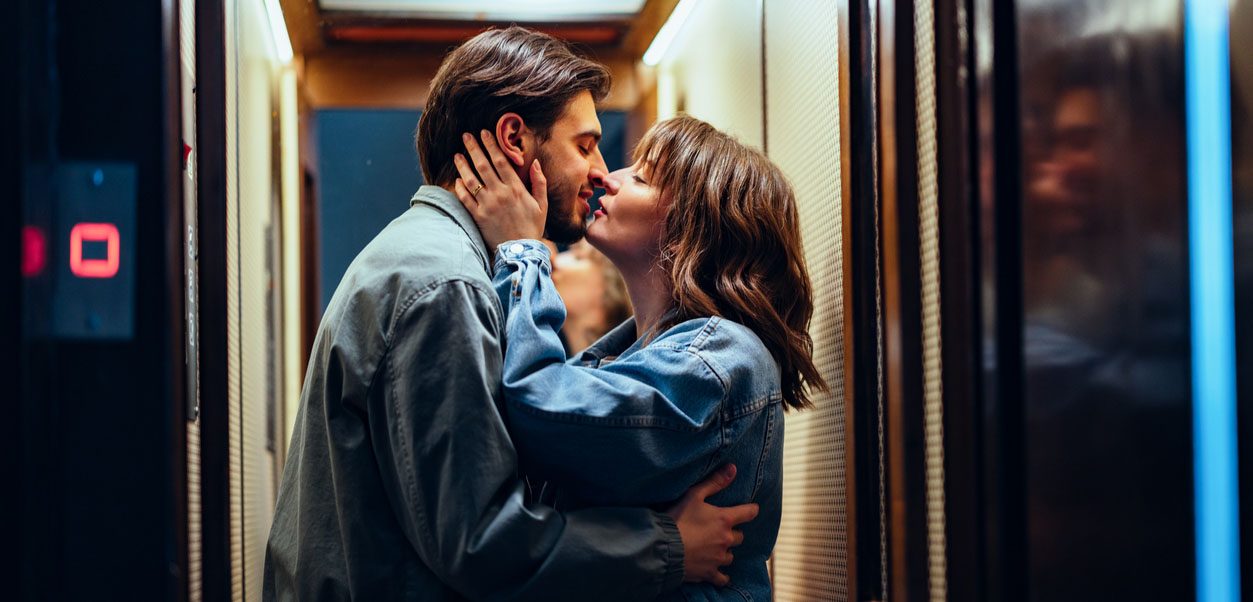Relationship Roller Coaster: Attachment Styles and What to Do
This article is based on scientific evidence and clinical experience, written by a licensed professional and fact-checked by experts.
Posted: April 16, 2024
Estimated reading time: 3 minutes
In This article

Have you been feeling the roller coaster effect in your dating or marriage relationship? Perhaps there are periods of closeness where the two of you feel safe and connected. But these times are inevitably followed by someone pulling back, or by hurt and conflict. After a while, the closeness comes back but you know the downward plummet will eventually come again, and you feel stuck riding the relationship roller coaster.
If this is familiar, different attachment styles may be playing a role in your relationship dynamics. In this article, we will discuss how to identify your primary attachment style and that of your partner, and how these styles may be playing a role in that roller coaster feeling.
An attachment style is a way of relating to others that develops during infancy and childhood, through the responses you get from your parents or primary caregivers. From your experiences, you learn whether others are generally safe and trustworthy to meet your physical and emotional needs – or not. As adults, we no longer need a parent to meet our physical needs. However, the attachment style you developed impacts how easy or difficult it is to reach out to others for emotional needs and closeness, and how comfortable you feel with intimacy and vulnerability.
The two main categories of attachment styles are SECURE or INSECURE.
A secure attachment style typically develops for a child with caregivers who are consistently attentive and loving. When this child falls down and scrapes a knee or faces a bully at school, he knows he has someone who will be there for him. As an adult, a person with a secure attachment style is comfortable with intimacy in a relationship, and expects his/her partner to be reliable and trustworthy. He or she can take risks and do things on their own, confident that the relationship partner will be there cheering them on.
Many of us (or most of us) do not have this experience of consistent emotional care in childhood and have insecure attachment styles as adults. This can happen even if parents did the best they could! Maybe they had to work long hours to provide, had physical or mental health struggles, or had their own childhood trauma. There are lots of ways insecure attachment can develop even with caring parents.
Two main types of insecure attachment are avoidant attachment and anxious/ambivalent attachment. Neither is better than the other, just different!
Avoidant attachment means that closeness can feel uncomfortable or even unsafe. You might prefer a lot of time alone, or you might need to be by yourself when you’re upset or stressed. Your partner’s requests (or demands) for time together or emotional sharing may feel difficult or impossible. You are good at getting things done on your own or relax best with no one else around. (Tatkin 2011)
Anxious/ambivalent attachment means that you desire a lot of closeness in a relationship – in both time together and emotional connection. You enjoy interacting with others, especially your partner. If you’re stressed or upset, you reach out for someone to reassure you and help you calm down. You may also become anxious about the relationship, often or always on the lookout for little signs that something could be wrong. Sometimes that anxiety can come out as frustration or anger with your partner. (Tatkin 2011)
It’s also possible to go back and forth between avoidant and anxious/ambivalent attachment, or relate to different ones at different times or in different relationships. The important part is that both are insecure styles and both can impact the dating or marriage relationship.
What often happens is that a person with an avoidant style is in a relationship with a person with an anxious/ambivalent style, and that is what leads to the roller coaster feeling! For example, the anxious partner may push in for more closeness which is okay for a while for the avoidant partner. Eventually the closeness becomes overwhelming, and the avoidant partner pulls away, leaving the anxious partner hurt or confused. Or the anxious partner’s anxiety comes out in hurtful ways, leading the avoidant partner to pull away. The back and forth, push/pull of conflict and closeness becomes the norm.
The bottom line is that when partners have insecure styles, it’s difficult to maintain consistency in emotional closeness. Working with your partner to become more securely attached in relationship together is the pathway to ending that roller coaster feeling. Putting in your own inner work is important, too. Learning to regulate your own nervous system and growing in self-awareness can help you through tense moments with your partner. Identifying and healing early trauma or pain can give you more ability to handle triggering situations in the present. Other safe relationships, like friendships, give you the space to practice new relationship and self-regulation skills.
To continue the work, books on attachment in relationship can be a great resource, such as “Attached” by Amir Levine or “Wired for Love” by Stan Tatkin. Working with a therapist who is knowledgeable about attachment styles can also help you become more secure together. However you chose to do it, the journey toward secure attachment will lead you toward that safe, consistent, loving connection you desire!
Back to topThis article is based on scientific evidence and clinical experience, written by a licensed professional and fact-checked by experts.
About the Author

Sarah Williams
Sarah Williams MA, is a Certified counselor with a Master’s in Professional Counseling with a concentration in Spiritual Formation.
Learn More About SarahReferences
- Attached: The New Science Of Adult Attachment And How It Can Help You Find--And Keep--Love
- Wired for Love
Share this article
View more articles

How to Revitalize Connection in a “Roommate” Marriage: Pt. 2 Physical Connection
By: Danielle Schaefer







